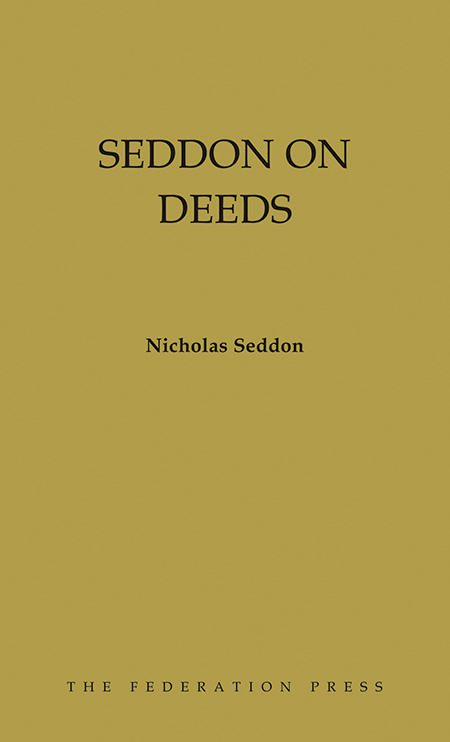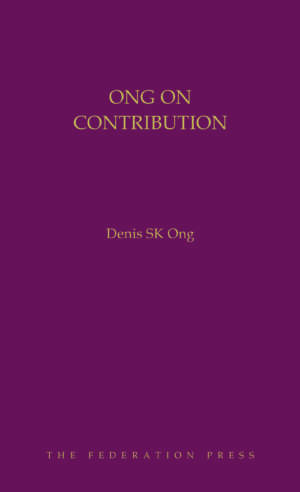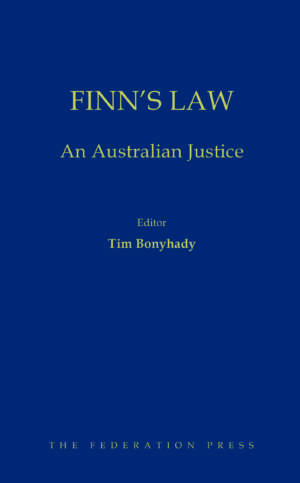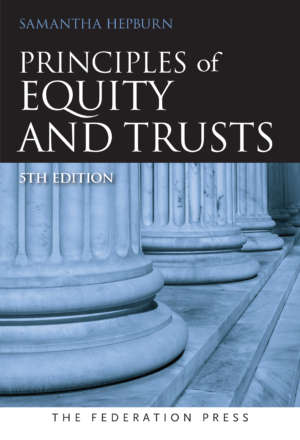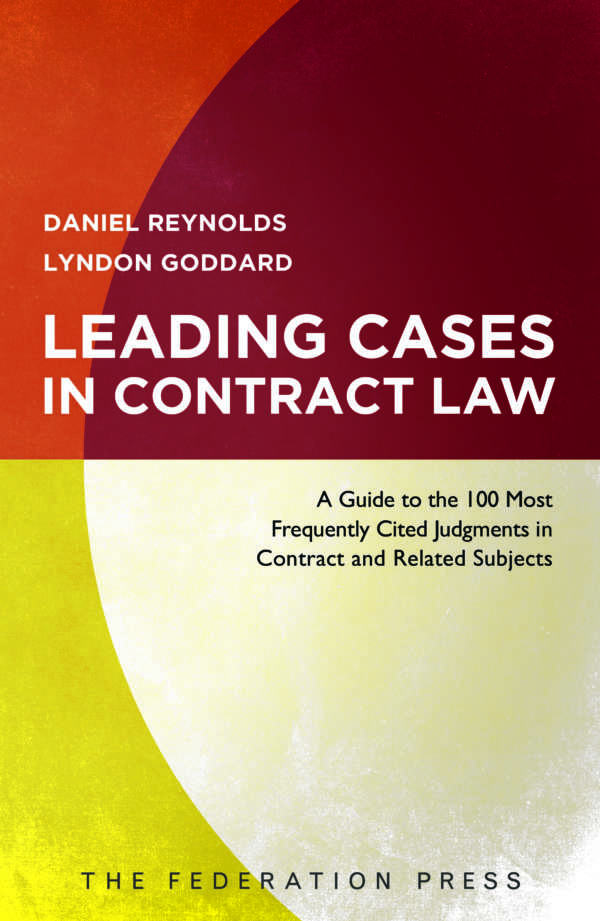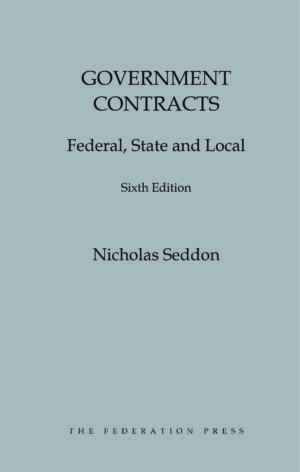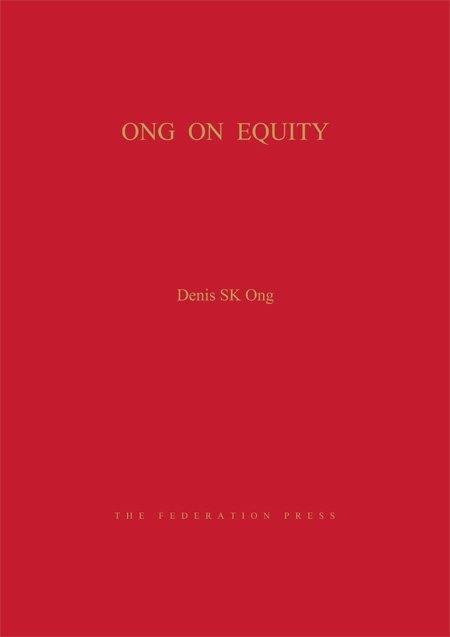Product Description
This is the first Australian text on the law of deeds. Until now, practitioners have had to use Norton A Treatise on Deeds, an English text of 1928. Seddon on Deeds comprehensively sets out the law applicable to the use of deeds by lawyers, referring, so far as possible, to Australian cases, and covering the 20th century Commonwealth, State and Territory legislation that modifies the ancient common law rules.
The book examines in Chapter 1 the pros and cons of using deeds. There are many ways that deeds can be defective. Chapter 2 sets out the law on execution of deeds for all types of legal entities. Chapter 3 examines the elusive concept of delivery and the use of escrows. Chapter 4 analyses the legal consequences of altering a deed, either inadvertently or by agreement. The 400 year old troublesome rule in Pigot’s Case still applies in all jurisdictions except for New South Wales. Chapter 5 considers issues of interpretation of deeds, a particularly important topic when using a settlement deed. Chapter 6 examines enforcement and remedies. Enforcement concentrates on the “who” question: who can enforce and who is bound? Remedies focus on the “how” question. Chapter 7 covers the various ways that a deed is discharged.
Seddon on Deeds provides important insights for practitioners on the hazards that can be encountered in using deeds and sets out how to ensure that a deed is legally sound and how to avoid trouble.

